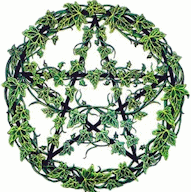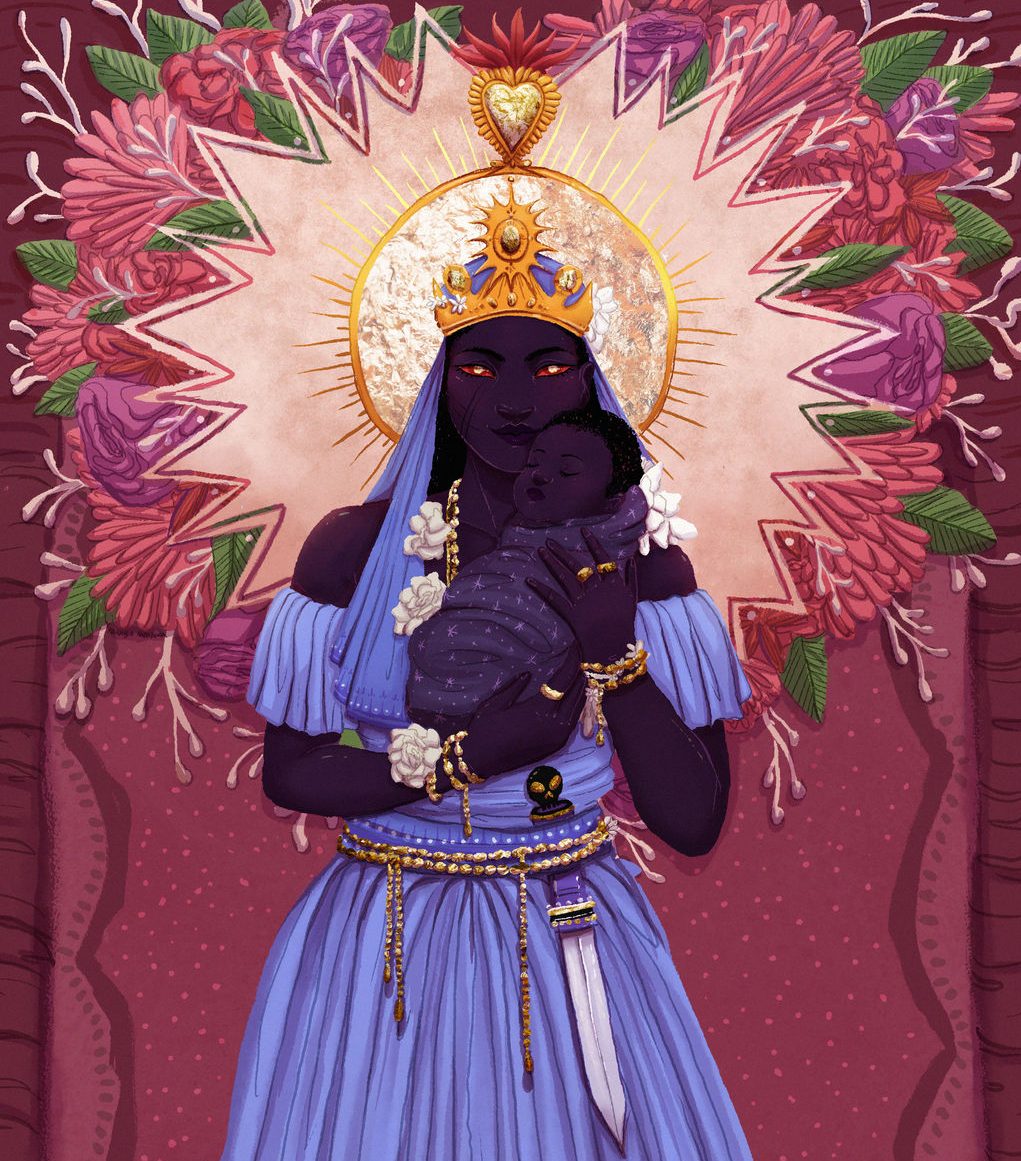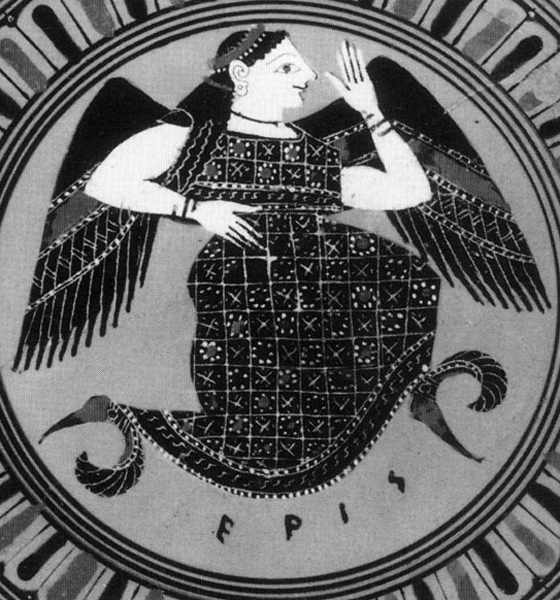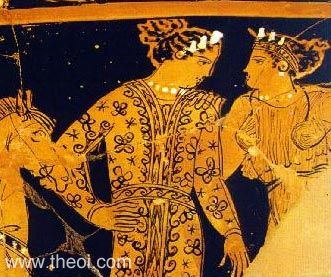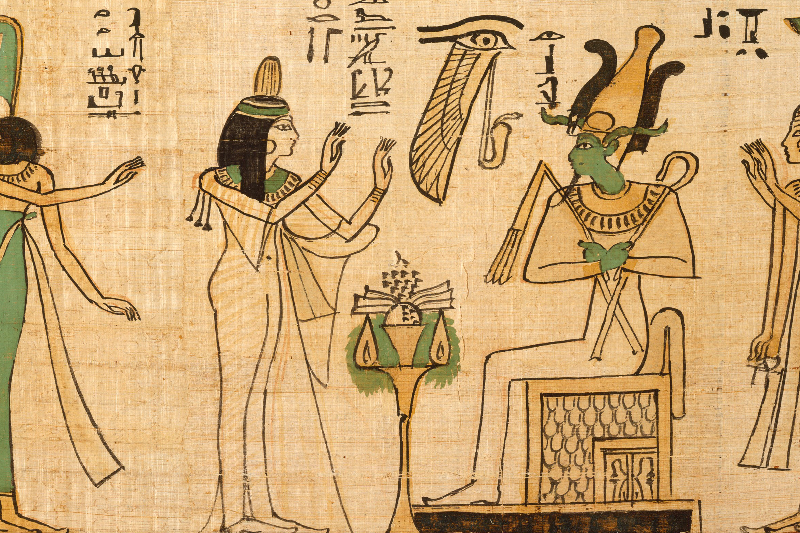Unlike many gods, Haitian Vodou Loa are a part of the world around us. Rather than being invoked or called upon, Loa become “riders” in their followers’ bodies. You can invite certain Loa, but the Loa themselves decide who shows up.
- Agau – Earth tremors and the frightening sounds associated with storms are because of Agau. You must be very strong to harbor this Loa.
- Agwe – Agwe controls all the flora and fauna of the sea, and all ships which sail on the sea
- Ayezan -Protector of the markets, public places, doors, and barriers, Ayezan has a deep knowledge of the intricacies of the spirit world.
- Dumballah – Known as the serpent loa, he is one of the most popular. Dumballah is the father figure. He is benevolent, innocent, and a loving father.
- Erzulie – Voodoo has a most special place for Erzulie, the loa of beauty. She is the ability to conceptualize, the ability to dream, and the artistic ability to create. She represents the moon.
- Ghede – Ghede controls the eternal crossroads at which everyone must someday cross over. His symbol is the cross upon a tomb. Known as the Loa of death, other spirits fear him and try to avoid him. As keeper of the cemetery, he has intimate contact with the dead. He knows what their plans were, what’s going on in families, what the connections of things are. And he is quite generous with his information. Even when he is clowning or performing his erotic antics, if you can pull him aside and ask him a serious question you will get a serious and reliable answer
- Kalfu – Kalfu controls the crossroads. He controls the evil forces of the spirit world. He allows the crossing of bad luck, deliberate destruction, misfortune, and injustice. Kalfu controls the in-between points of the crossroads, the off-center points. Kalfu controls the malevolent spirits of the night.
- Legba – Old man who guards the crossroads. He is the origin of life, so he must be saluted each time a service or any other activity with the loa will begin. Legba controls the crossing over from one world to the other. He is the contact between the worlds of spirit and of flesh. Legba controls the positive spirits of the day.
- Loco – He gives healing properties to leaves. He is the loa of healing and patron of the herb doctors, who always invoke him before undertaking a treatment. Loco has extensive knowledge of the pharmaceutical uses of herbs. It is said that Houngans and Mambos receive their knowledge from Loco.
- Ogoun – Ogoun is the traditional warrior figure. Ogoun is mighty, powerful, and triumphant. He can give strength through prophecy and magic. He is called to help people obtain a government more responsive to their needs.
- Simbi – He is the guardian of the fountains and marshes and cannot do without the freshness of water. His rituals are held near springs. He is a very knowledgeable loa because he spends a lot of time learning about the nature of illnesses of supernatural origin and how to treat them. He is either with you or against you: protecting those who have good relations with him and turning his back on those who do not.
- Sobo – Sobo is a very powerful loa and is well known for his bravery as a warrior. He is the symbol of strength, the ideal of voodoo priests who want to be respected figures in their communities. Because of the strength he procures for his followers, Sobo’s presence is continually requested to bring security and protection to the congregation. He who is with Sobo is protected against wild spirits.
This page is a brief overview of some of the most popular gods and goddesses of this pantheon. If you are drawn to a particular pantheon, you should do further study of that culture and mythology. Every culture has a different view of how powerful their gods are, whether they can die, and how the gods are to be approached. You should always try to approach a god or goddess in a way similar to the culture which worships that being.
